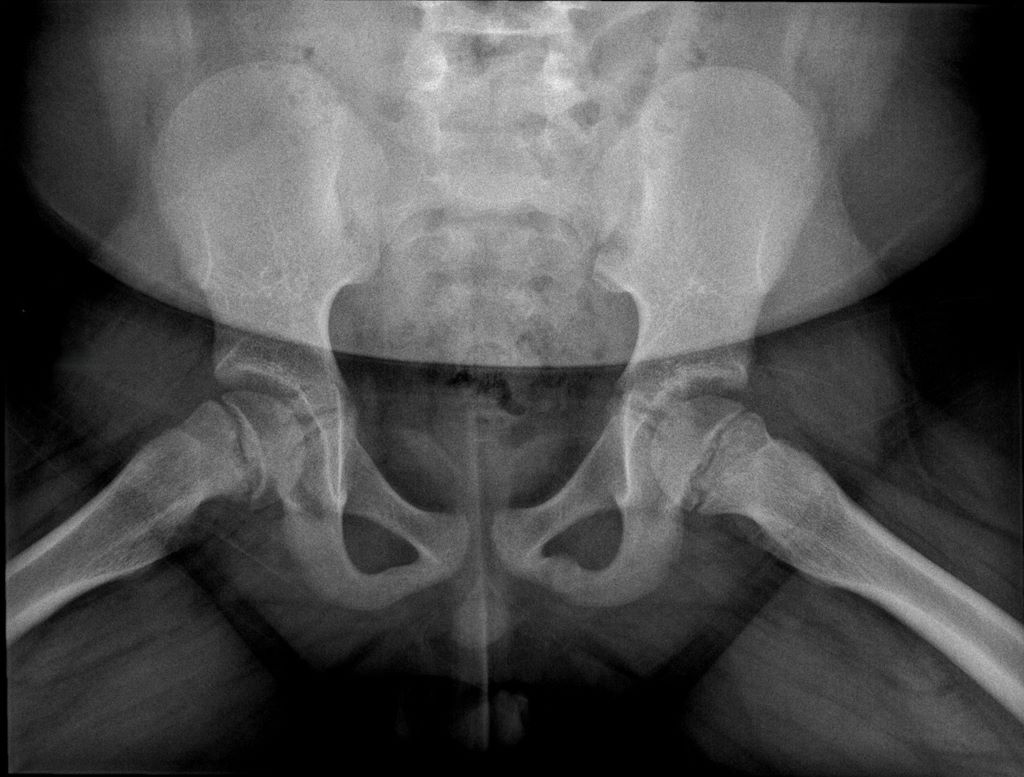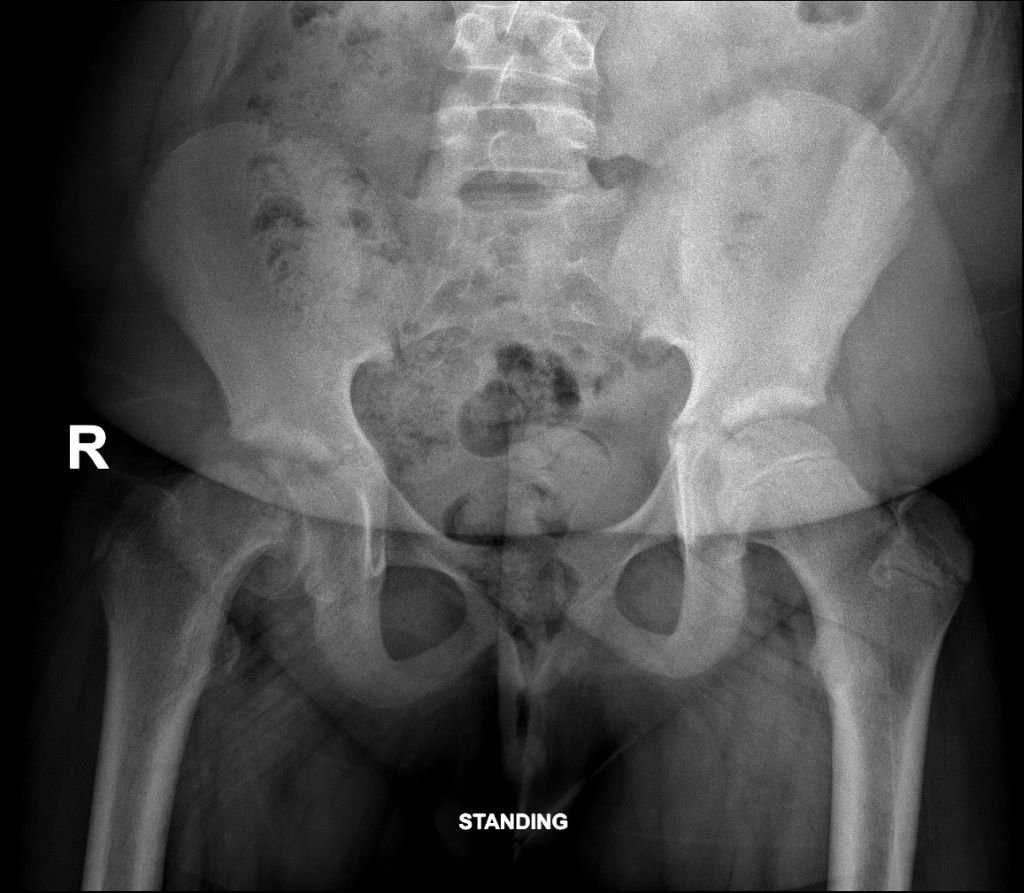New Research Reveals Longevity Gains Slowing, Life Expectancy of 100 Unlikely

A new study co-authored by a University of Wisconsin-Madison professor finds that life expectancy gains made by high-income countries in the first half of the 20th century have slowed significantly, and that none of the generations born after 1939 will reach 100 years of age on average.
Published in the journal Proceedings of the National Academy of Sciences, the study by Héctor Pifarré i Arolas of the La Follette School of Public Affairs, José Andrade of the Max Planck Institute for Demographic Research, and Carlo Giovanni Camarda of the Institut national d’études démographiques analysed life expectancy for 23 high-income and low-mortality countries using data from the Human Mortality Database and six different mortality forecasting methods.
“The unprecedented increase in life expectancy we achieved in the first half of the 20th century appears to be a phenomenon we are unlikely to achieve again in the foreseeable future,” according to Pifarré i Arolas. “In the absence of any major breakthroughs that significantly extend human life, life expectancy would still not match the rapid increases seen in the early 20th century even if adult survival improved twice as fast as we predict.”
From 1900 to 1938, life expectancy rose by about five and a half months with each new generation. The life expectancy for an individual born in a high-income country in 1900 was an average of 62 years. For someone born just 38 years later in similar conditions, life expectancy had jumped to 80 years on average.
For those born between 1939 and 2000, the increase slowed to roughly two and a half to three and a half months per generation, depending on the forecasting method. Mortality forecasting methods are statistical techniques that make informed predictions about future lifespans based on past and current mortality information. These models enabled the research team to estimate how life expectancy will develop under a variety of plausible future scenarios.
“We forecast that those born in 1980 will not live to be 100 on average, and none of the cohorts in our study will reach this milestone. This decline is largely due to the fact that past surges in longevity were driven by remarkable improvements in survival at very young ages,” according to corresponding author Andrade.
At the beginning of the 20th century, infant mortality fell rapidly due to medical advances and other improvements in quality of life for high-income countries. This contributed significantly to the rapid increase in life expectancy. However, infant and child mortality are now so low that the forecasted improvements in mortality in older age groups will not be enough to sustain the previous pace of longevity gains.
While mortality forecasts can never be certain as the future may unfold in unexpected ways – by way of pandemics, new medical treatments or other unforeseen societal changes – this study provides critical insight for governments looking to anticipate the needs of their healthcare systems, pension planning and social policies.
Although a population-level analysis, this research also has implications for individuals, as life expectancy influences personal decisions about saving, retirement and long-term planning. If life expectancy increases more slowly as this study shows is likely, both governments and individuals may need to recalibrate their expectations for the future.






